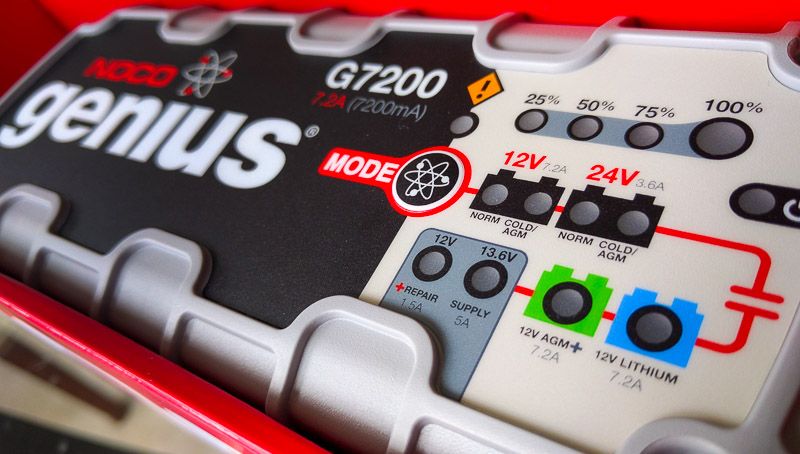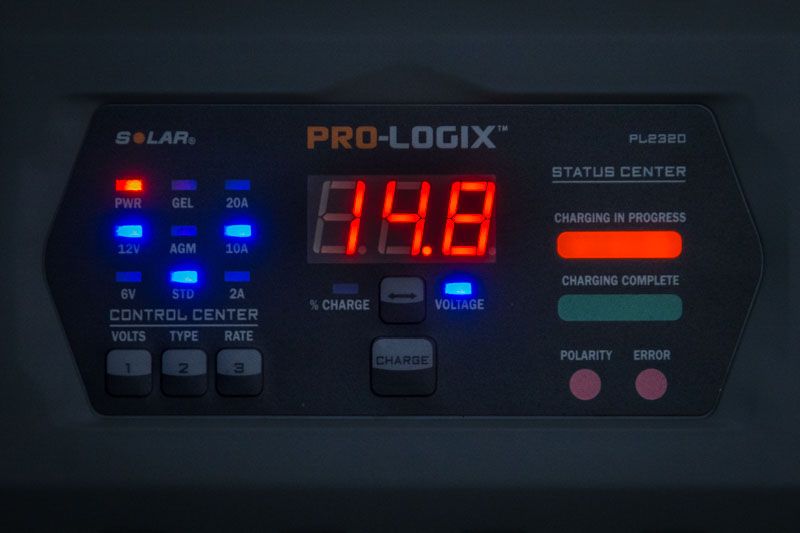Originally Posted By: danthaman1980
Hey OP,
I currently own four smart chargers:
- BatteryMinder 12248
- CTEK MUS 4.3
- Pro-Logix PL2320
- Schumacher SP2
I bought and returned two chargers this year:
- Schumacher SP3
- DieHard 71321 (made by Schumacher)
After playing around with these six chargers, I would advise anyone to get either a BatteryMinder, a CTEK, or a Pro-Logix, depending on where and how you plan to use the charger. I would avoid Schumacher (they seem to be hit and miss for me).
For use primarily charging dead or deeply discharged batteries the PL2320 wins due to the higher amperage rating. It is a very well built piece of equipment, very solid. On the other hand, this charger is a bit of a pain to use in cold weather (the power cord becomes very stiff), the temperature compensation algorithm isn't terribly aggressive, and this may not be the best battery maintainer. The instruction manual is lacking as well, so you might be left wondering what the charger is doing at any given time, or how long it might stay in each charging stage (for example, the 'completion' phase can take a long time, but the manual does not explain this). After really coming to understand how this charger works, I plan to only use this when I have a battery that is discharged to less than ~85-90%.
For use in cold weather, the 12248 wins by a landslide. It has a more aggressive temperature compensation profile, an external temperature sensor, a low temperature power cord, and full-time desulfation. The instruction manual is pretty descriptive but can also come off as overly complicated. A couple of potential downsides: physically, the charger feels dense and oddly balanced. This is a small unit, but I wouldn't cite portability as one of its strengths. You will want to mount this charger to the wall, as it doesn't feel like it would survive a 2 foot fall to the garage floor. This is also the most expensive charger I own (over $100) and has recently been discontinued so it will not be easy to find if you want one (Northern Tool still carries them). I do consider this to be the best charger I own.
The MUS 4.3 is a good maintainer - and although it doesn't have an automatic temperature compensation feature (only a manual 'cold weather/AGM' mode), it makes up for that drawback with a good charge/maintain profile and superior 'comfort connector' plugs. It has a pretty good instruction manual too. It is more portable than the two above, and would be my top choice if you wanted to hard-wire leads to your battery instead of using clamps, or if you were primarily using the unit in a temperature controlled garage.
The Schumacher SP2 is a nice little unit, though quite underpowered for any charging activity outside small OPE batteries. It will work for topping off larger batteries and works just fine as a maintainer, too.
I did not like the SP3 or the DieHard 71321. I believe they are identical except for physical size and charging current - they seemed to function exactly the same. My problem with these chargers is they both seemed to undercharge batteries. I also did not like the charging profile or the maintenance profile, and the display was misleading. No room for these two chargers in my garage.
Great observations. The only thing I'd differ on is that the comfort connector plugs appear inferior to me on the basis of pin size and feel. Though I wouldn't sae that sae plugs are anything to write home about, they're good enou and I personally prefer them...



